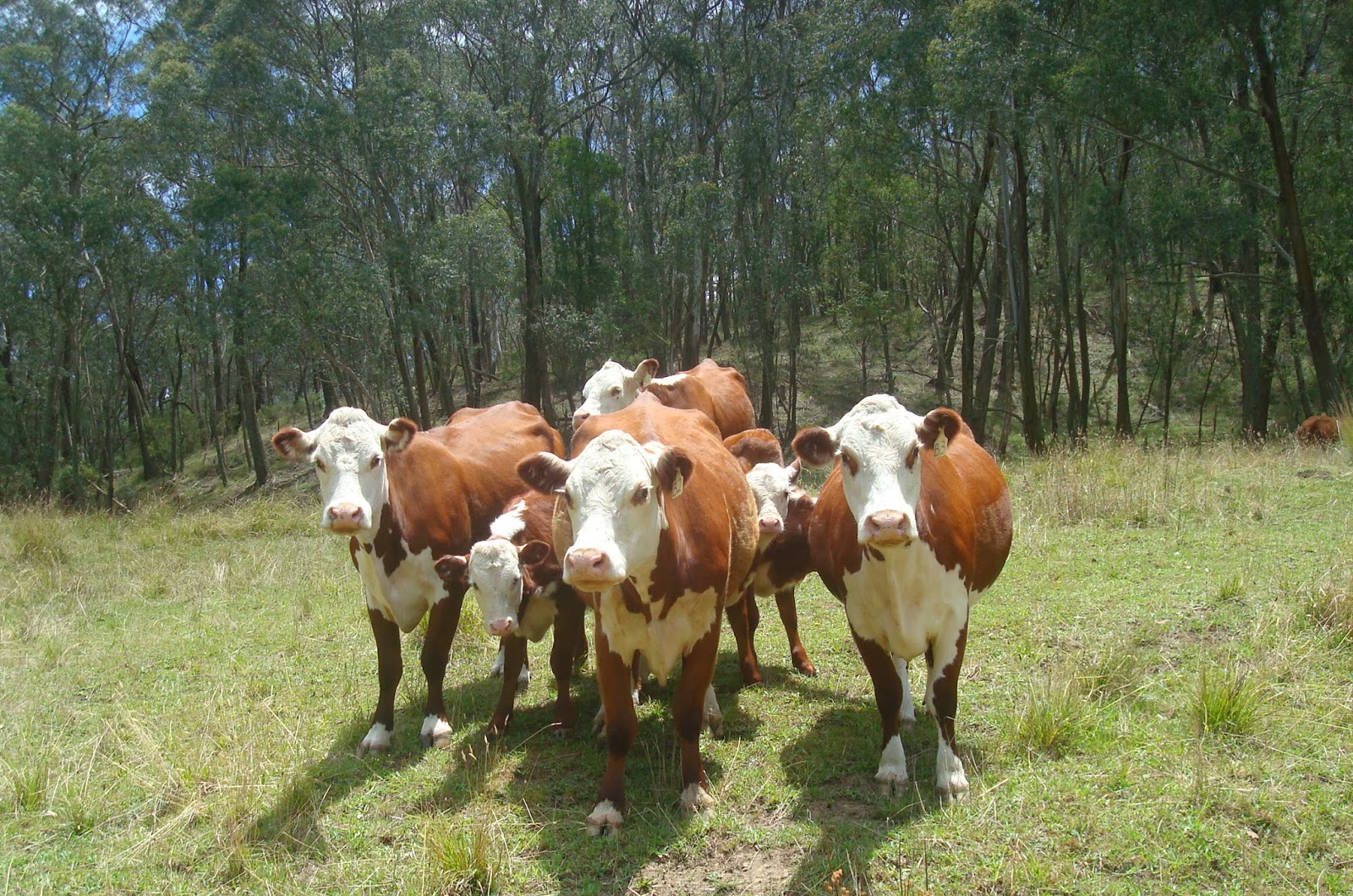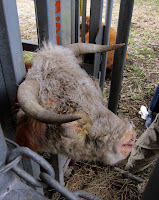Browsing through a glossy magazine this week, an article caught my eye, it was about repurposing. I happen to be of the belief that farmers invented repurposing, they wrote the book on it. Well they don't often write it down, they get on with it and it's all stored in their heads and the results are not always likely to feature in Better Homes & Gardens. But, think of all those wonderful bush letter boxes, and whoever thought that a very large umbrella frame would be ideal for drying the washing.
When farmers need an adaption for the gizmo it's often too far to go into town, too expensive or the model in the store is just not quite right, besides when you need it, you need it right away! So farmers repurposed.
Our entire shed is repurposed, the posts and beams were our trees, the iron was salvaged from another long collapsed shed, the work benches are old doors and half the important stuff in there came from an assortment of clearing sales. It looks at least half a century old but was built four years ago.
The best little box trailer ever was a repurposed concoction tossed in for free with a second hand quad bike, it's a master class in recycling ingenuity, all solid timber and steel, it weighs a ton but looks terrific in it's new bright red paint. Lately it's been doing duty delivering meals on wheels.
For some reason this winter we overlooked repurposing and decided to go shopping for a new hay feeder for the cattle. We have small Herefords so everything seemed either too big or too high and most were too expensive. That left the option of scattering the hay in the paddock where is gets stomped, pooed and peed on because cattle have zero table manners.
Back home the repurposing wheels starting whirring, there were a few pallets lying around, a couple of metal gates and some left over mesh fencing stashed against the wall. The cattle were measured, the gates were measured and the pallets joined together.
By lunch time a bespoke cattle feeder had been constructed. The cost - $0 - repurposing at its best.
 |
| Bespoke cattle feeder |
 |
| meals on wheels in the box trailer |

































